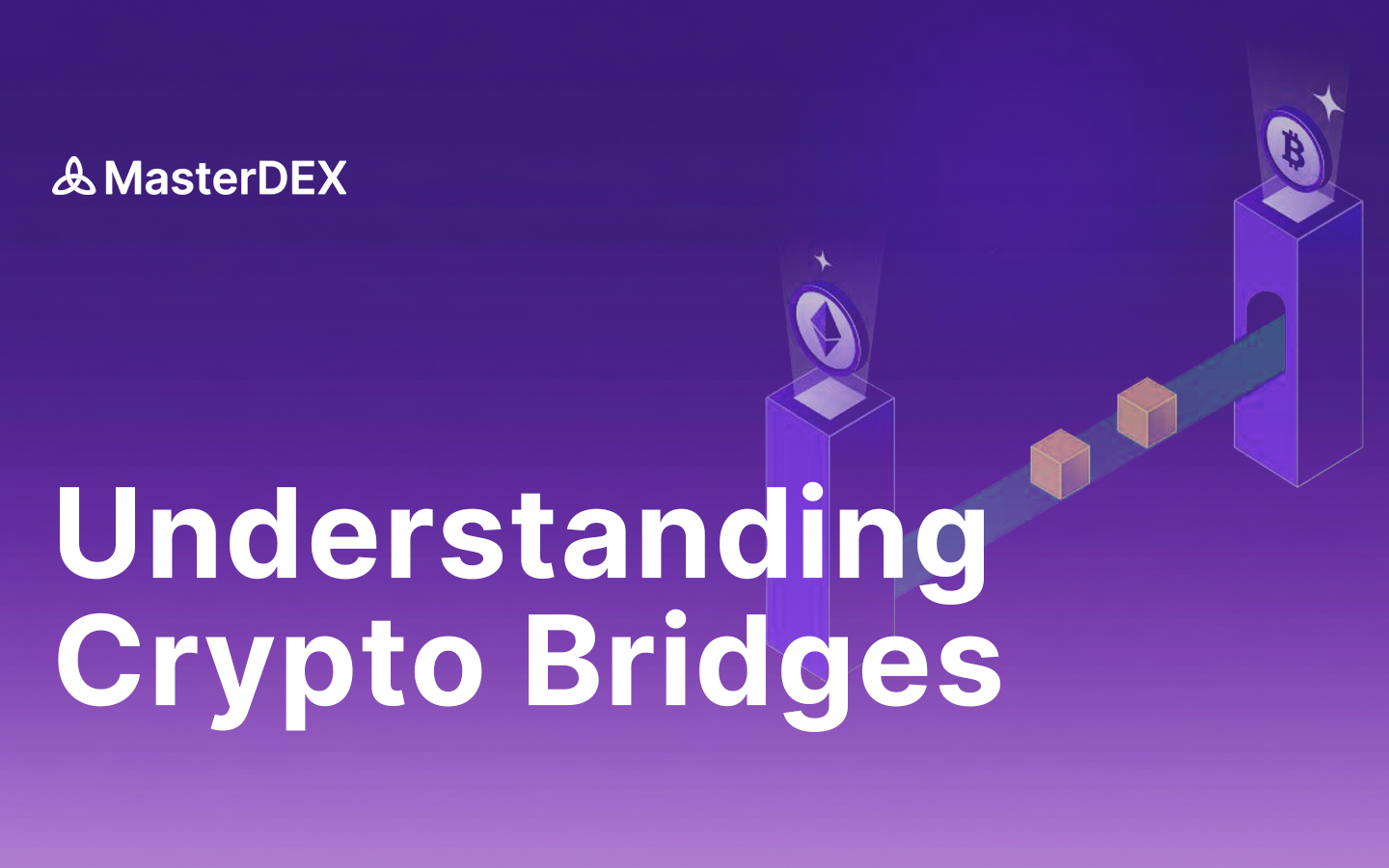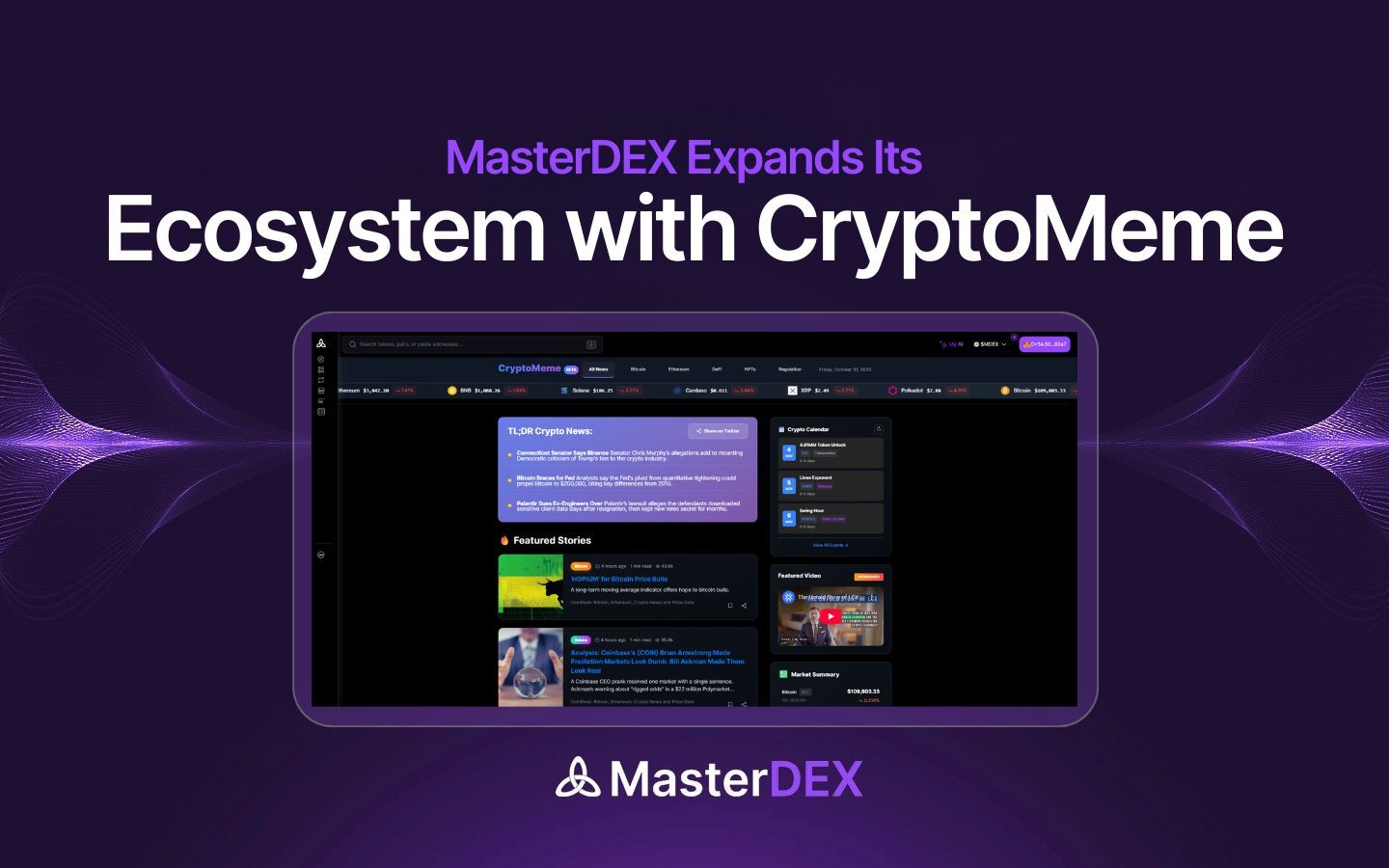Table of Contents:
ToggleIntroduction
The blockchain industry has expanded into a universe of interconnected yet independent networks. From Bitcoin and Ethereum to newer ecosystems like Avalanche, Solana, and Polygon, each blockchain operates within its own set of rules, consensus mechanisms, and token standards.
While this diversity fuels innovation, it also creates a major challenge: blockchain isolation. Assets and applications built on one chain are generally stuck within that ecosystem. For instance, if you hold tokens on the Ethereum network, you can’t directly use them on Solana or Binance Smart Chain (BSC) without going through multiple steps.
This lack of interoperability slows down the user experience and limits the potential of decentralized applications (dApps), decentralized finance (DeFi), and Web3 as a whole. Here enters the concept of crypto bridges that break down these silos and allow seamless asset and data transfers between chains.
Wondering what are the benefits of crypto trading on a DEX like MasterDEX? This article details how MasterDEX can be a game-changer in the DeFi space.
What are Crypto Bridges?
Crypto bridges serve as connectors that enable two or more blockchains to “speak the same language,” allowing users and developers to move tokens and information freely between networks.
Understanding what is a bridge in crypto is essential to unlocking the full power of blockchain interoperability. Let’s dive deeper.
How Does a Crypto Bridge Work?
At its core, a crypto bridge is a protocol that creates secure links between two or more blockchains. It allows assets and information to move cross-chain by creating liquidity pools and employing algorithms that manage resources between ecosystems.
Traditionally, to transfer assets between chains, users would need to:
- Send tokens to a centralized exchange.
- Convert them into another token.
- Withdraw the new token to a different blockchain.
Crypto bridges eliminate these cumbersome steps by offering direct, decentralized transfers between blockchains. You can now move your tokens cross-chain in a few clicks, without needing to trust a third party or pay excessive fees.
Now that we have understood what is bridge in crypto, let’s discuss types of crypto bridges.
Types of Crypto Bridges: Trusted vs Trustless
Crypto bridges are typically divided into two major categories:
1. Trusted Bridges (Centralized)
Trusted bridges rely on a third-party custodian or group of validators to manage and secure the bridge. Users must place their trust in these entities to oversee transactions. While they may offer a simpler interface and faster transfers, they can present single points of failure.
2. Trustless Bridges (Decentralized)
Trustless bridges operate without centralized control, using smart contracts and decentralized validators to process transactions automatically. These bridges align with blockchain’s ethos of decentralization but may require more technical familiarity from users.
Both models are actively used in the ecosystem today, depending on the needs of developers and users.
How Do You Bridge Crypto?
Lets now delve deeper and understand how you bridge crypto.
Since blockchains follow different token standards (such as ERC-20 on Ethereum or BEP-20 on BSC), direct asset transfers between them aren’t possible. Crypto bridges solve this by creating wrapped tokens, which are synthetic versions of assets that can operate on the destination chain.
Lets understand this with the help of an example. Let’s assume you want to transfer SOL from Solana to Binance Smart Chain (BSC). Here’s how bridging crypto works step-by-step:
- Bridge Setup: A bridge is established between the Solana and BSC networks to enable secure cross-chain transfers.
- Transfer Initiation: You access the bridge platform, specify the amount of SOL you want to move, and provide your BSC wallet address.
- Asset Locking: The bridge locks your SOL tokens inside a smart contract or vault on Solana, ensuring they can’t be moved or spent elsewhere.
- Minting Wrapped Tokens: The bridge mints an equivalent amount of wrapped SOL (wSOL) on BSC and sends it directly to your BSC wallet.
The wrapped SOL on BSC acts as a 1:1 representation of your original SOL. If you later wish to “unwrap” and retrieve your native SOL:
- You return the wSOL to the bridge on BSC, where it is burned (destroyed).
- The bridge then unlocks your original SOL on Solana and releases it back to your wallet.
Here it is important to note that behind the scenes, smart contracts on both chains handle asset locking and minting, while oracles act as intermediaries, passing messages between blockchains to trigger actions on either side. This system ensures the transfer is secure, decentralized, and fully backed by collateral at all times.
Benefits of Crypto Bridges
Crypto bridges are vital for the expansion of Web3. Now, after understanding what is bridge in crypto, let’s discuss some of the crucial benefits of crypto bridges.
- True Blockchain Interoperability
Crypto bridges enable assets to move beyond their native networks, giving users and developers access to multiple blockchain ecosystems with unique functionalities and benefits.
- Boosting Liquidity Across Chains
By connecting newer chains to established networks, bridges allow assets to tap into larger liquidity pools, increasing market efficiency and improving the availability of trading pairs.
- Solving Scalability Challenges
Bridges distribute traffic and transactions across chains, reducing congestion and high gas fees on major blockchains like Ethereum. They also work in tandem with Layer 2 solutions such as Optimistic Rollups or ZK Rollups to enhance performance.
- Expanding DeFi and Web3 Use Cases
Bridges make it possible to build applications that combine assets and features from different ecosystems. For example, a lending dApp on Avalanche could now accept stablecoins from Ethereum, creating hybrid DeFi platforms that unlock new opportunities.
Risks and Limitations of Bridging Crypto
Despite their advantages, bridges come with potential downsides:
- Security Risks
Trusted bridges are often prime targets for hackers due to their centralized custodianship. High-profile incidents like the $600 million Ronin bridge hack highlight the dangers of private key compromises. In total, over $2.5 billion has been lost to bridge hacks in recent years.
- Scalability Bottlenecks
Pairwise bridges (one bridge per two chains) become inefficient as more blockchains enter the space. Maintaining direct connections between hundreds of blockchains could become unsustainable.
- Poor User Experience
Many bridge protocols require users to leave their favorite dApps and navigate third-party platforms, adding friction to the user journey.
- Limited Destination Chain Liquidity
Even after bridging crypto assets to a new chain, liquidity might be scarce for actions like borrowing, lending, or swapping unless local dApps support the wrapped tokens.
Conclusion: Why Crypto Bridges Matter?
Understanding what is a bridge in crypto or bridging crypto goes beyond technical knowledge — it’s key to grasping the next phase of blockchain innovation. While crypto bridges are the essential infrastructure that enables assets to move between blockchains, they are part of the larger cross-chain ecosystem, a vision where blockchains no longer operate in silos but instead communicate seamlessly. Multi-chain technology is the next step toward a more unified and efficient Web3 experience. Embracing this future, MasterDEX has incorporated multichain functionality, allowing users to explore and interact with multiple blockchains like Base, Polygon, Arbitrum, and more—all within a single, streamlined platform.
Are you ready to dive into MasterDEX and explore endless DeFi opportunities? Get started today!




